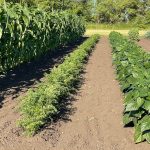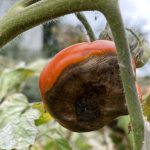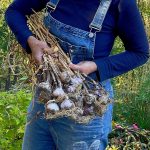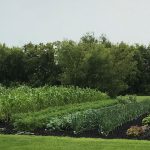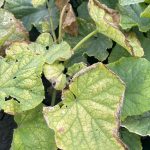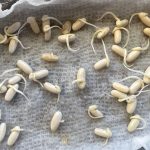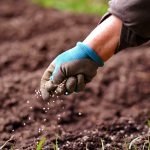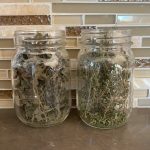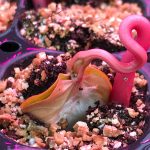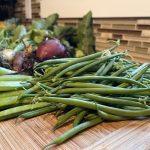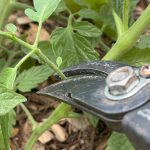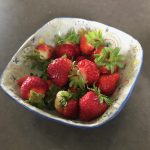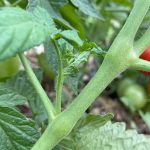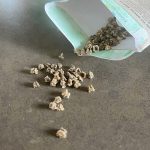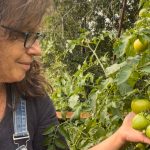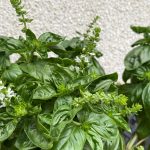Are you looking for ways to grow great onions in Alberta and on the prairies? Whether you love them hot, sweet or mild, there is an onion for everyone. Growing onions is simple to do, and they’re incredibly hardy and versatile, so growing onions in Alberta is definitely worth the effort!
Onions are powerful storehouses filled with nutrients and flavour versatility, but their flexibility doesn’t end there.
In this blog, we will discuss:
- Intriguing Facts About Onions
- Why Onions Make Us Cry
- The Difference Between Yellow, White, and Red Onions
- The Best Onions to Grow in Alberta & on the Prairies
- The Best Location to Grow Onions
- Tips for Growing, Harvesting, and Storing Onions
Intriguing Facts About Onions
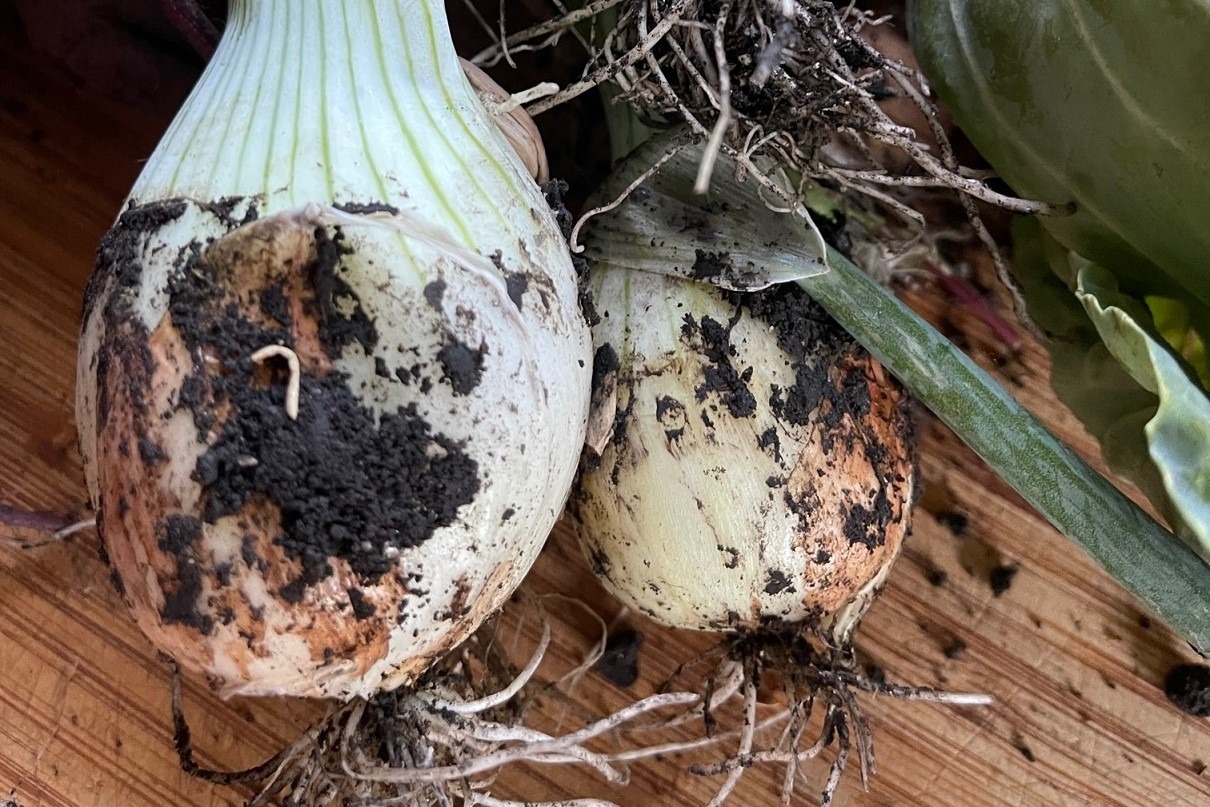
The origin of onions isn’t well known, they are thought to have originated from Asia or the Middle East, but onions are now grown everywhere in the world.
Onions are a cook’s best friend because of their remarkable versatility.
They are a multipurpose vegetable, with every part being edible, and the ways they are eaten, prepared, and cooked are virtually inexhaustible.
Onions are a base ingredient used in soups, stews, salsas, and meat dishes all over the globe.
Onions can be eaten raw, boiled, fried, and deep-fried.
Methods of preparing onions are varied, too, like sliced, diced, and minced.
Onions are part of the allium family, with edible and non-edible ornamental members. Edible alliums include chives, garlic, red onions, shallots, scallions, yellow onions, white onions, and more!
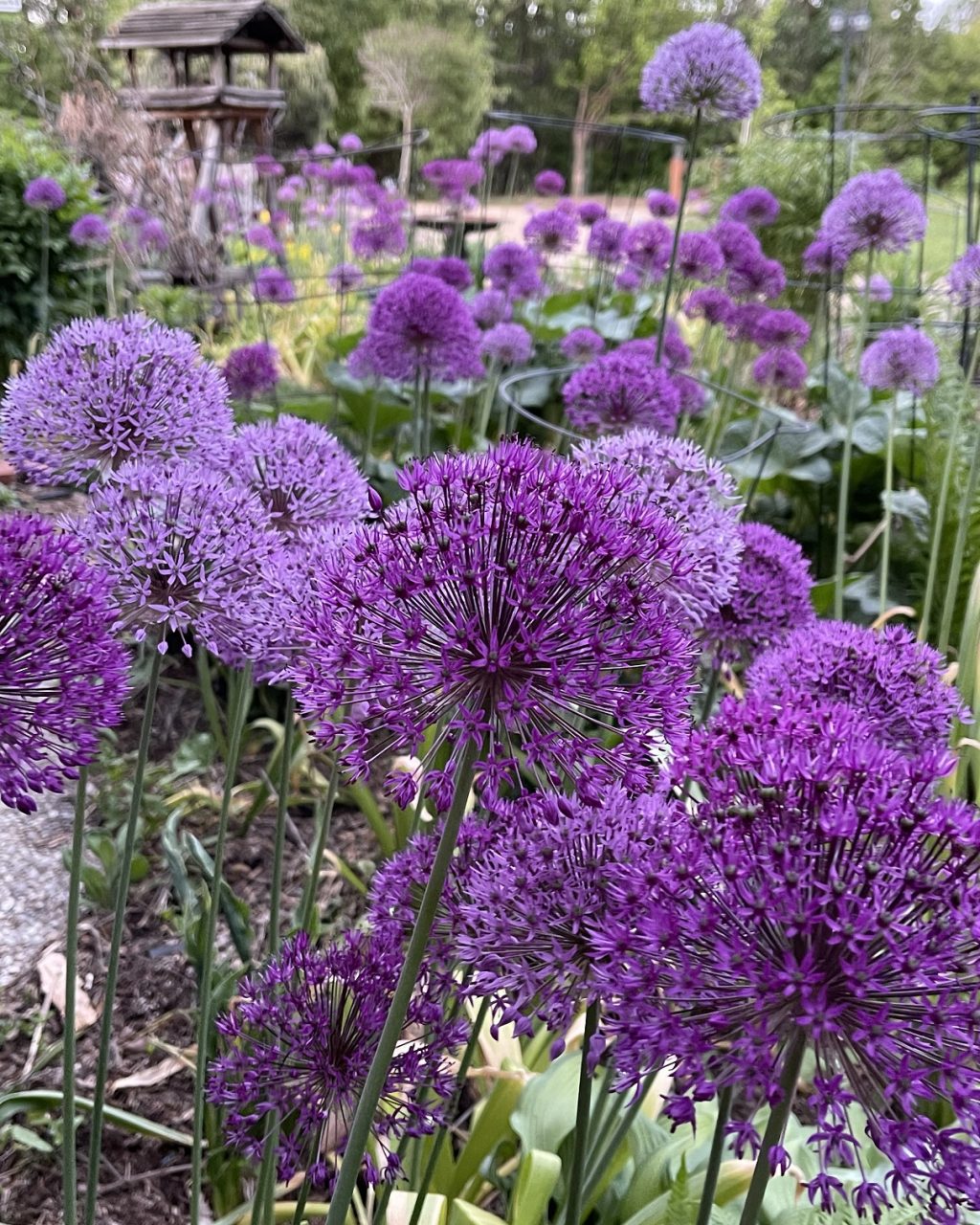
Ornamental alliums, the spring-blooming purple or white pompom-like perennial flowers seen in early spring, are early-season pollen sources for bees and other pollinators.
Being a cool weather crop, onions can tolerate a slight frost and are well adapted to our northern climate.
Most onions require a long growing season to mature properly.
There are specific onion varieties that grow better in northern climates and southern climates.
Onions are good for general body health, and specifically, heart health.
Onions are credited with helping to lower blood LDL, or low-density lipids, which stick to the interior walls of blood vessels, causing plaque and atherosclerosis to form, which leads to heart disease.
Onions have a high Vitamin C content, contain fibre, calcium, antioxidants, and iron and are low in sodium. Scallions and green onions are the only members of the onion family that contain Vitamin A.
Why Do Onions Make Us Cry?
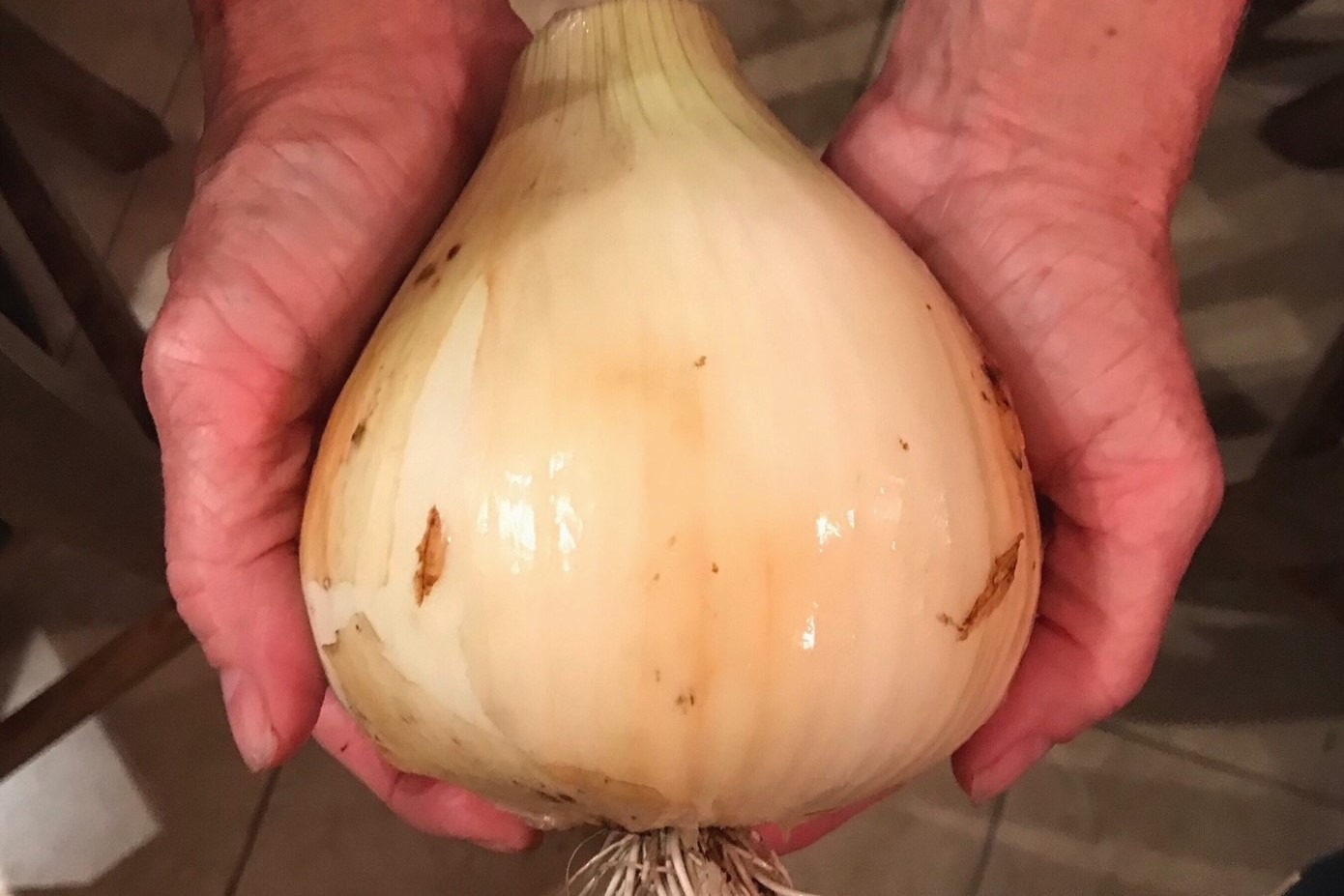
For all their goodness, onions have that annoying trait that literally makes us cry, so let’s talk about why that happens and some fixes to that problem.
Onions contain propanethial-S-oxide, a Sulphur-based substance that gets released into the air when an onion’s cell wall is damaged by cutting or crushing.
Sulphur content is related to flavour intensity. The more Sulphur, the stronger the flavour and the less appealing it is to eat raw.
As this Sulphur compound dissipates into the air and hits the water in our eyes, it converts into sulphuric acid. Sulphuric acid is a strong acid, and it causes intense irritation.
This causes the eye to water even more, initiating a cycle that continues to spin until the concentration of propanethial-S-oxide in the air decreases to a level that no longer bothers it.
Decreasing this eye irritation problem is related to reducing the propanethial-S-oxide release into the air.
How to Decrease Eye Irritation When Cutting Onions
Cut onions when they’re cold. This seems to reduce the amount of Sulphur compounds discharged into the air, so consider storing onions in the refrigerator.
Incorporate water when slicing onions. Place damp paper towels on the cutting board to attract the Sulphur compound to the water molecules in the paper towel beneath.
J. Kenji Lopez-Alt, author of Food Lab, says that cutting onions lengthwise (the direction from stem to root) lessens propanethial-S-oxide concentration because it causes less cell wall damage.
Onion cells are long, and the more you cut lengthwise, the less cell walls are damaged. If you need to dice or mince, cut your cold onion lengthwise and then quickly cut across.
What’s the Difference Between Red, Yellow, White, and Sweet Onions?
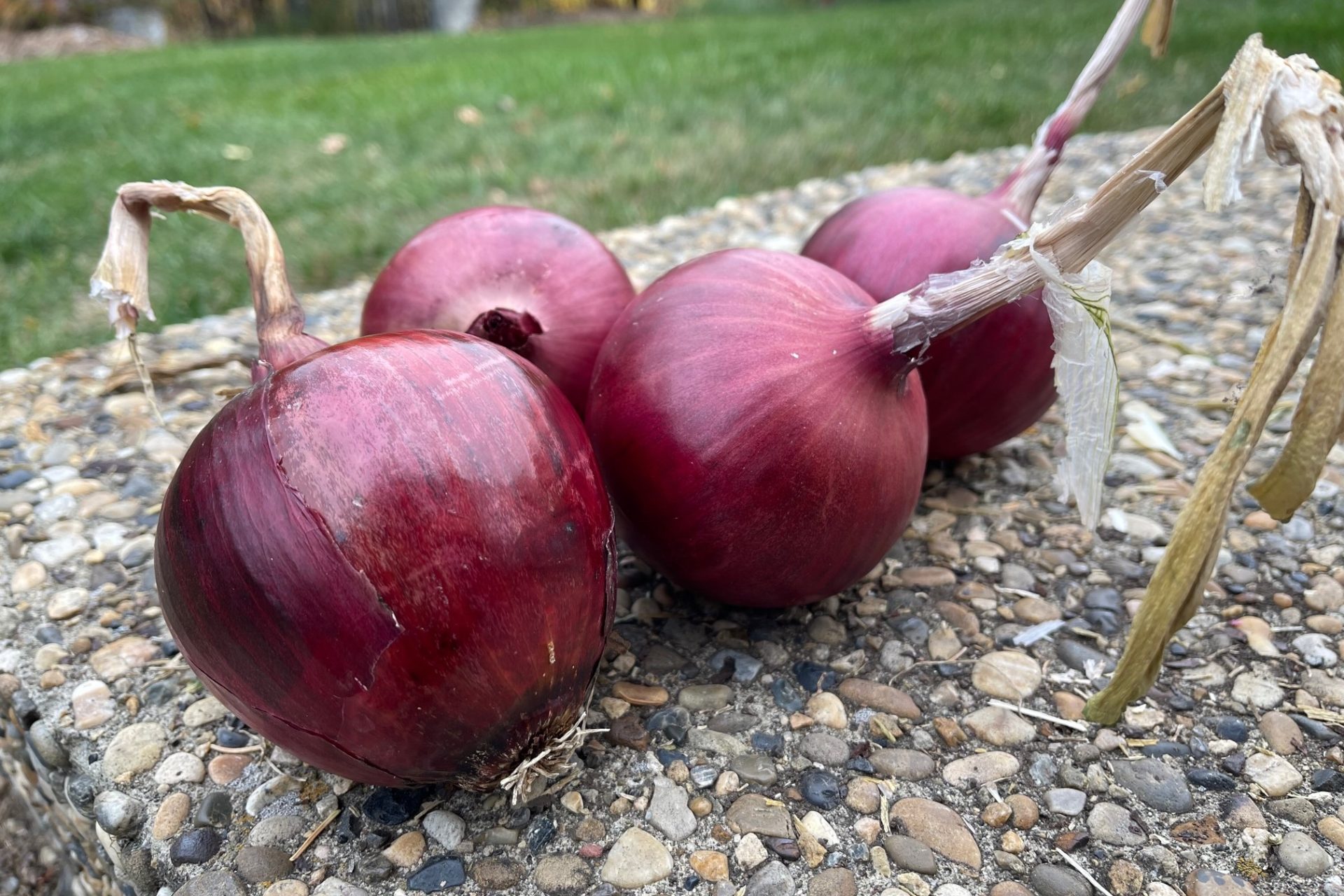
Let’s look at what makes different onions unique.
Red Onions
Red Onions contain more sugar and vitamin C than yellow and white onions, which gives them a mild and sweet flavour.
Known as ‘the salad onion’, red onions have a crisp texture perfectly served raw in dishes like Greek salad, Caprese, and as a condiment on burgers.
They are also tasty grilled, or lightly cooked. The purple colour of red onions fades when they are cooked.
Yellow Onions
Yellow onions can be mild, sweet, or tangy, and they have more nitrogen, phosphorus, potassium, magnesium, iron, manganese, zinc, and copper than red onions.
Yellow onions are the easiest to grow and store and are suitable for cooking onions. If you don’t know what to use, yellow onions are the safest bet.
Yellow onions turn brown when cooked, making them suitable for caramelizing because they have just a little sweetness.
White Onions
White onions are the onions with the most crunch factor.
They work well in Mexican dishes and stir-fries, and they retain their crunch in salsas.
Sweet Onions
Sweet onions have a high sugar content, making them suitable for roasting.
They also make great onion rings and salad dressings.
The Best Onions for the Northern Prairies
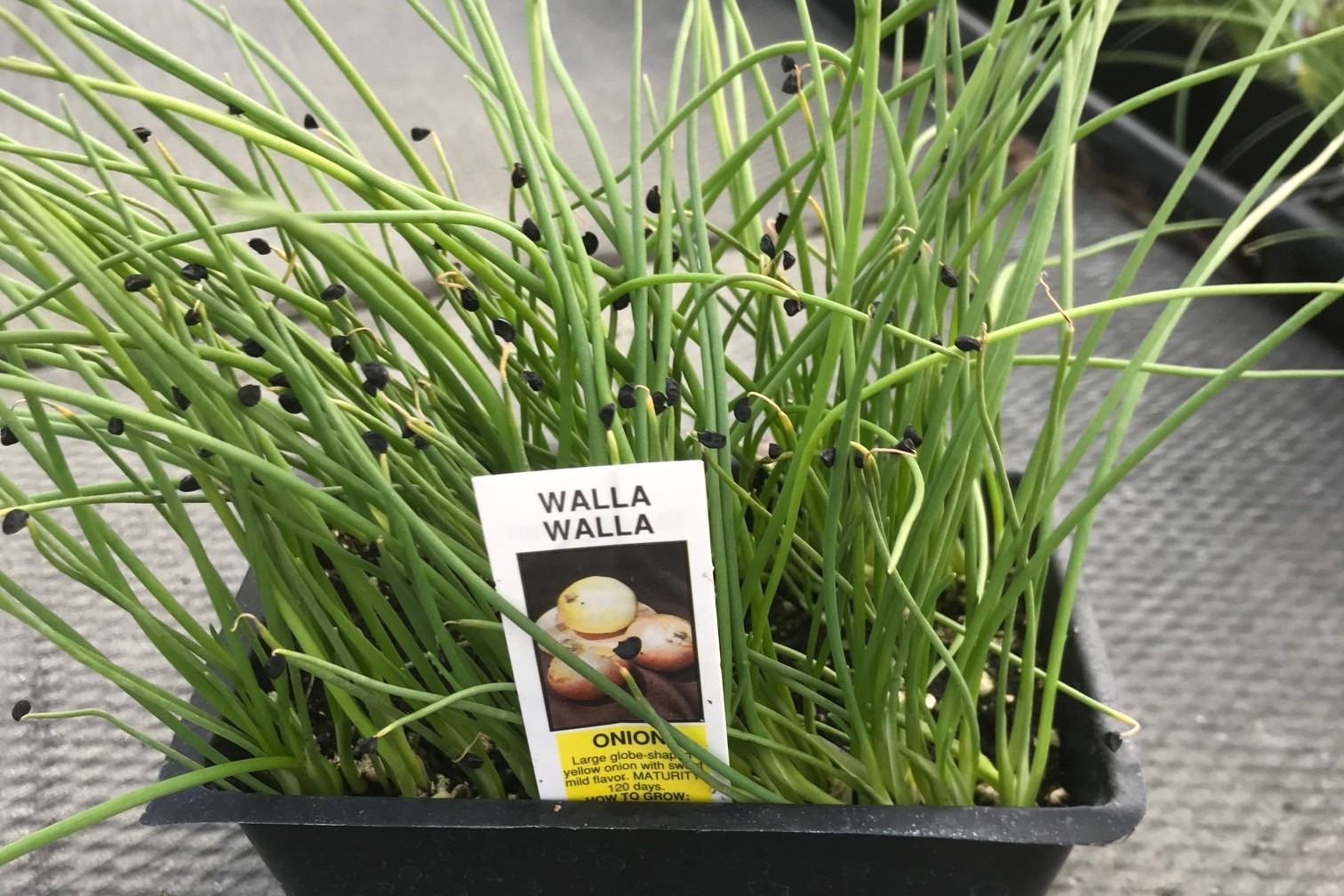
Some of my favourite onion varieties for a zone 3/4 plant hardiness zone are:
Red Onions: Mars, Red Carpet
Yellow Onions: Kelsae Giant, Riverside Sweet Spanish, Walla Walla Sweet
Related: The University of Saskatchewan has a great list of onions that are suitable for the prairies in this link and click ‘recommended cultivars’: Onion Cultivars for the Prairies.
The Best Location for Growing Onions

Onions are a cool weather crop that needs a long growing season to fully mature.
Onion bulb development is initiated by day length. Therefore, we here on the northern prairies have an advantage because of our long days.
Onions require a full sun exposure with a minimum of 8 hours of direct sunshine and will not grow well in shady or partial shade locations. The more sun they get, the better.
Even rainy, overcast growing seasons will cause delayed bulb formation.
Onions need well-draining, fertile, sandy loam with rich organic structure. Organic matter is full of nutrients and has an architecture that holds water and drains well.
Hard, clay-based soils make it difficult for the onion bulbs to expand and develop.
All bulbs don’t like wet feet, and onions are no exception. Onion bulbs will retain too much moisture and rot in soil that drains poorly.
Onions cure best later in the summer when temperatures are high and humidity is low. Well cured onions store longer over the winter.
Three Ways to Start Onion Plants in the Vegetable Garden

Onions can be started in a few different ways. However, there is an advantage to starting onion seeds early and transplanting them out into the garden in our short growing season.
1. Direct Sow Onions from Seed into the Garden
Seed onions as early in May as possible to allow enough time for growth and development.
Sow fresh onions seeds in shallow rows 2.5-3 cm (1.5″) apart and water well.
Thin the onion seedlings to 7-17 cm (3-6″) apart after germinating to avoid overcrowding, which causes small bulb formation.
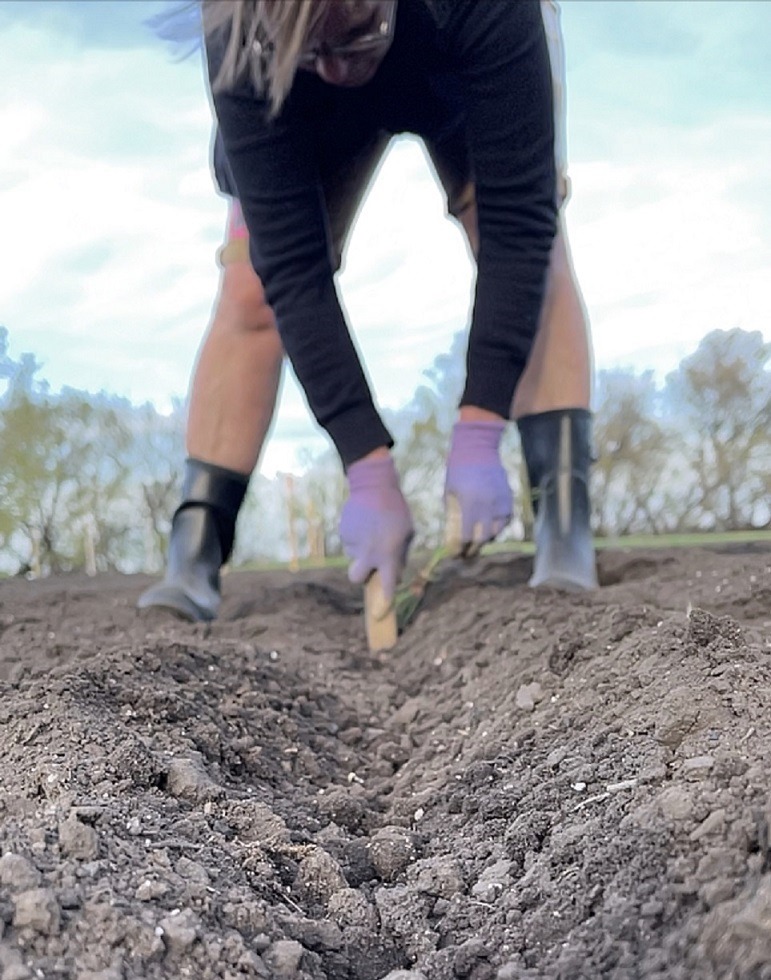
2. Transplant Onion Seedlings into the Garden
Onion transplants are baby fingerling onions that are garden or container when the soil is warm and workable, usually toward the middle or end of May.
I like using onion transplants because they have a good growing headstart and are more resistant to cut worms.
If you plan to start onions from seed, sow them 6-8 weeks before you’d like to plant them.
Plant the baby onions about 15 cm (6″) apart to give them adequate room for bulb development. If you plant them closer than that, the bulbs will be smaller.
3. Plant Onion Sets into the Garden
Onion sets are immature, small bulbed onions grown the previous year and preserved for spring planting.
Separate onion sets from each other into individual small bulbs.
Plant 2.5-3 cm (1-1.5″) deep and 15 cm (6″) apart as early in spring as possible to get them started.
How to Care for Onion Plants in the Garden

Onions are hardy, easy to grow, and can be grown a few different ways.
Onions can be grown in the ground in a garden, in raised beds, and in containers or planters if space is limited or if a balcony or porch is your only option.
Onions like hot, dry weather but need consistent moisture to form beautiful bulbs because of their shallow roots. If the weather is dry, water them thoroughly once a week.
Water onions early in the day so their leaves can dry, decreasing the incidence of disease formation. Sandy soils will need water more often.
Don’t hill or mulch onions, which means covering the bulbs’ top with extra soil because too much water is retained, and the bulbs will rot. Instead, let the bulbs emerge from the ground as they grow.
Keep your garden clean and weed the onions well regularly. Onions don’t compete well with weeds when they are small.
When to Harvest Onions
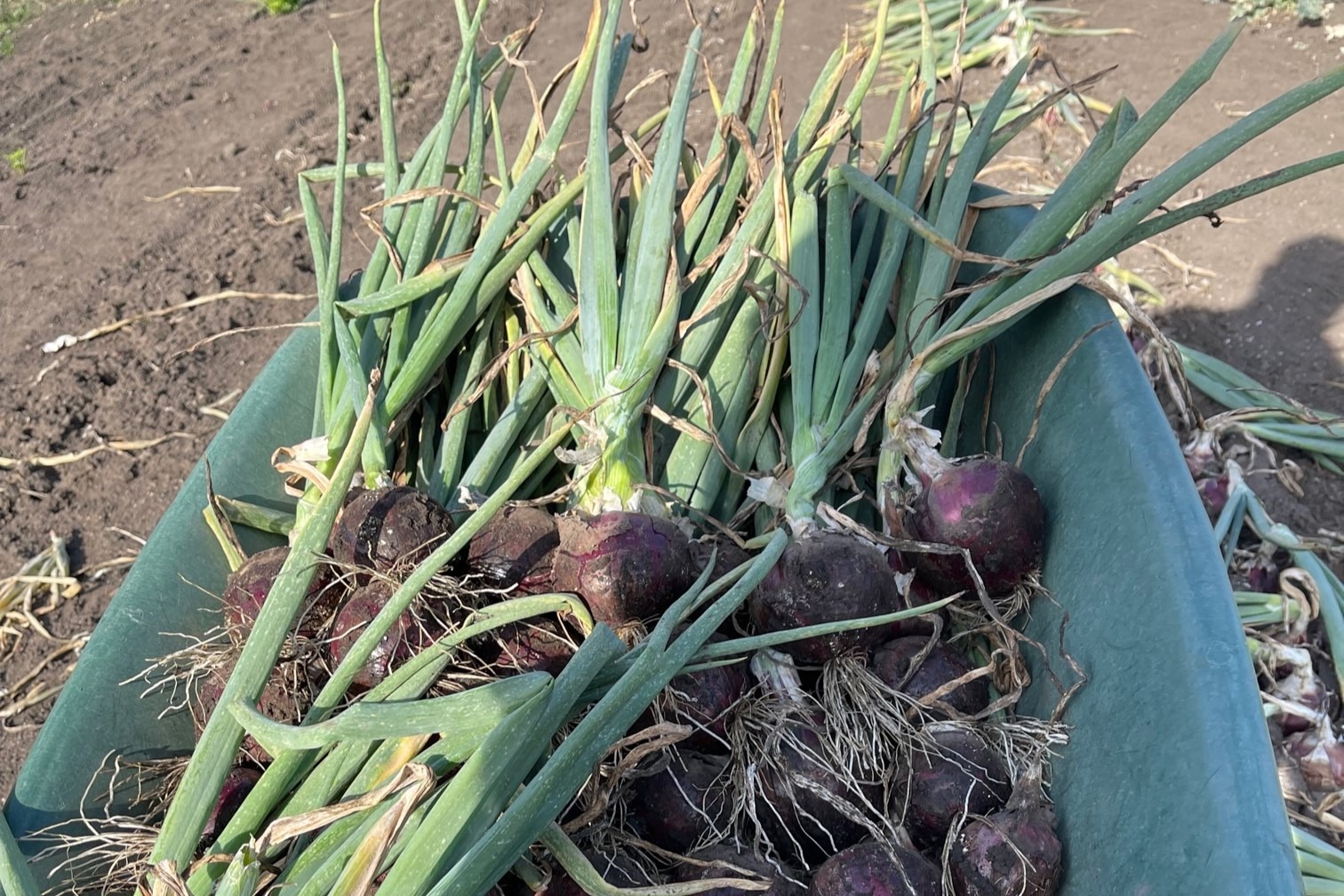
As the growing season comes to a close, reduce the amount of supplemental water in the last half of August.
Onions signal maturity when their necks dry and fall over naturally and wait to harvest until at least 3/4 of the crop’s tops are bent.
Avoid delaying the harvest to the point where all the onion leaves have dried. If the onions reach this point, the outer skin will get loose, and a snug outer tunic is essential to maintain quality and freshness.
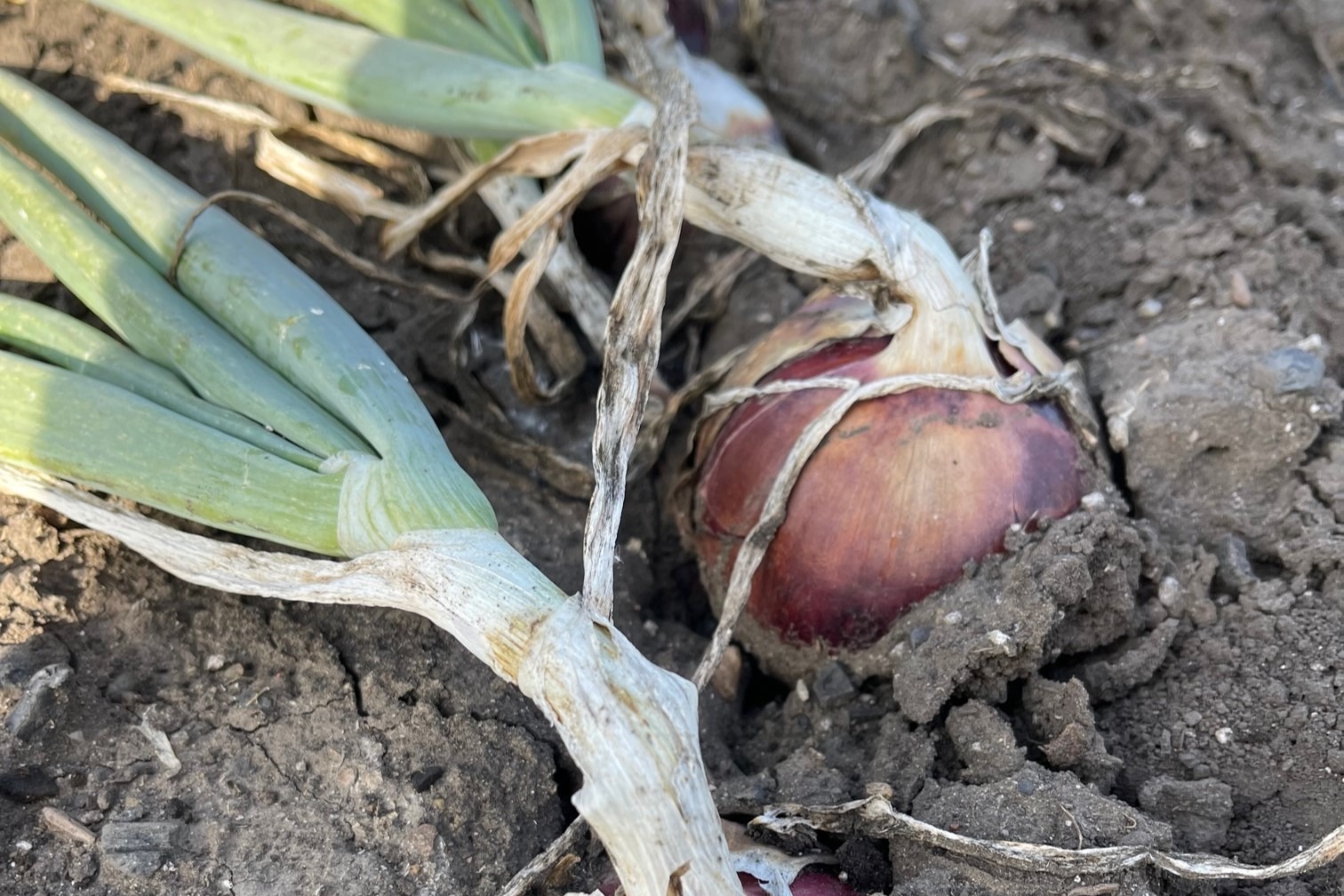
How to Cure Onions
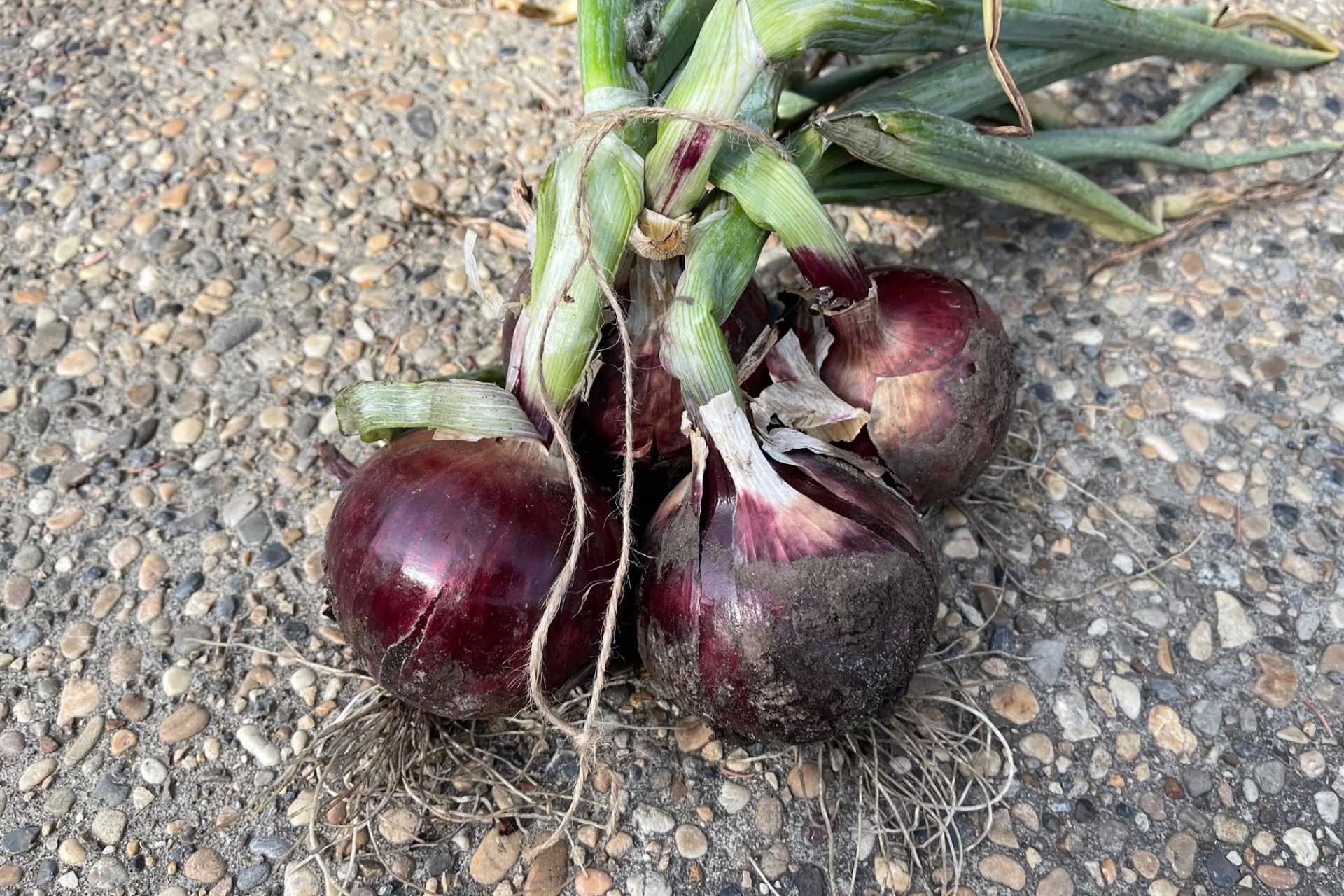
Drying down onions is what ‘curing onions’ means.
It’s vital to cure mature onions because it prevents disease. If the neck stays moist, it will rot, and the rest of the onion follows.
Do not wash onions after harvesting. The goal is to get them to dry. Shake off or rub off excess dirt from them, but don’t use water or wet cloths.
Once the onions have been pulled from the ground, you can leave them outside to dry for a couple of days as long as it doesn’t rain. Then they should be moved to a shady (or dark), dry, warm, sheltered spot that hovers around 20C – 30C (68-86F) and either laid flat and unlayered or hung up in small groups.
It can take up to 3 weeks or longer for the tops and necks to dry completely.
Onions have cured once the tops are dry like a brown paper bag, the neck is completely dry, and the outer skin is tight.
How to Store Onions
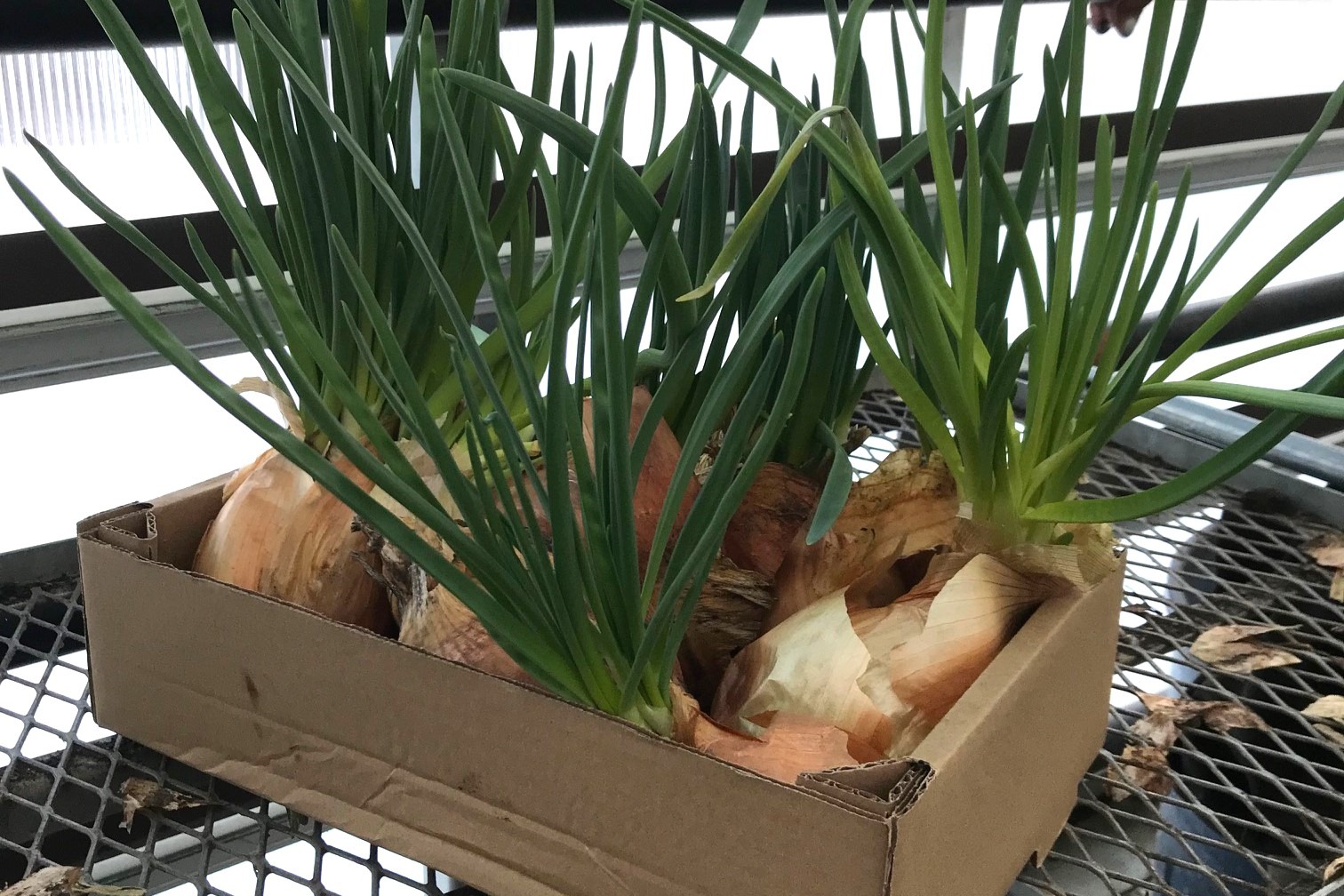
Cured onions will store for 3-5 months. Keep them just above freezing, from 2 to 7C (35-44F), in the dark, in low humidity (60-70%), and don’t allow them to freeze.
If the temperature and the humidity increase, they will begin to sprout after having a period of dormancy, which is what all bulbs do. Bulbs are never dead; they’re just sleeping.
Curious About More Food Growing Resources?
Why stop at onions when there are so many other amazing vegetables to grow? I invite you to check out these blogs about growing great food.
More How-To Guides:
- How to Grow Garlic in Alberta
- How to Grow the Best Tomatoes in Alberta
- How to Grow Basil in Alberta
- How to Grow Great Cucumbers in Alberta
- The Secret to Growing Great Strawberries in Hanging Baskets and Containers
- The Ultimate Companion Planting Guide From A-Z
- When to Plant a Successful Vegetable Garden in Alberta or any Other Zone 3-4 Garden
- The Complete Guide to Raised Bed Gardens
Let’s have some French Onion Soup!
It’s no secret that onions are one of the world’s most versatile ingredients. They can be grown almost anywhere and are full of healthy nutrients. If you’re looking to start your vegetable growing journey, onions are a fantastic place to start!
I hope you enjoyed this blog about onions and that you are as addicted to growing and cooking with this wonderful ingredient as I am! If you have any other questions about growing food or gardening in general, please check out my other blogs!
©Sharon Wallish Murphy ©Gardening with Sharon


